Description
Lady bugs are colorfully spotted, 1/4″ long, red with black spots. They feed on aphids, mites and other soft-bodied insects. They cause no plant damage, making them beneficial insects commercially sold in nurseries.
We are currently updating our photo library. Some items on our website may not be in stock. Please call our nursery for availability. Dismiss
(click magnifying glass icon to enlarge image)
Lady bugs are colorfully spotted, 1/4″ long, red with black spots. They feed on aphids, mites and other soft-bodied insects. They cause no plant damage, making them beneficial insects commercially sold in nurseries.

Thrips scrape openings in plant tissue to feed on plant juices and lay their eggs inside. These minute cuts cause silvery flecks on foliage and silver or brown blemishes on flowers and buds. They chew and suck plants vigorously scraping away the chlorophyl on leaves where they feed. Thrips look … Read More
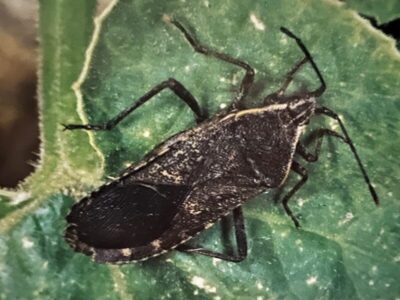
These bugs are diamond shaped, dark brown or black, 1/2″ in size. They hide on the underside of leaves. When they are caught and crushed they emit a foul odor. Squash bugs feed on cucumber, melon, pumpkin and squash. They suck plant juices from the leaves which will show spots … Read More
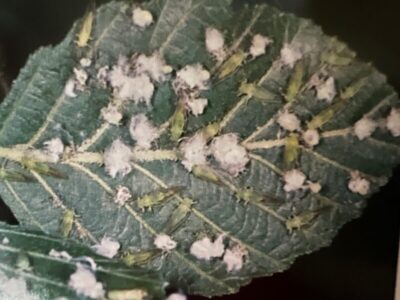
Psyllids are small winged insects called jumping plant lice. They are greenish or brownish and no more than 1/10″ long. They have antennae and clear wings that fold into a triangular shape and jump up when disturbed. They target acacia, boxwood, eucalyptus, laurel, magnolia, and pear trees. They will suck … Read More
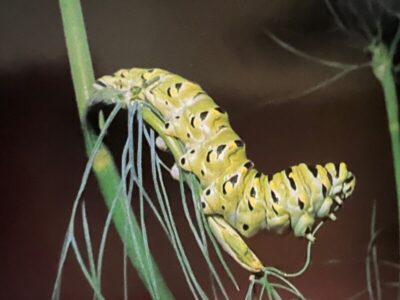
This 2″ long, brightly colored caterpillar with a pair of orange horns, morphs into a large black and yellow swallowtail butterfly. It gets its name, because it is usually found on garden parsley. It feeds on carrots and related plants such as anise, celery, cilantro, dill, fennel, and queen anne’s … Read More
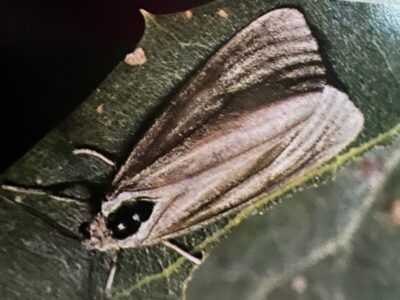
Oak moths cause visible damage to oak trees through the west. They are tan or gray with a 1″ wingspan and noticeable veining on their wings. They are attracted only to oak trees, chewing leaves, making holes, and eventually defoliating branches. Infestations cannot be prevented. Kill larger caterpillars by spraying … Read More
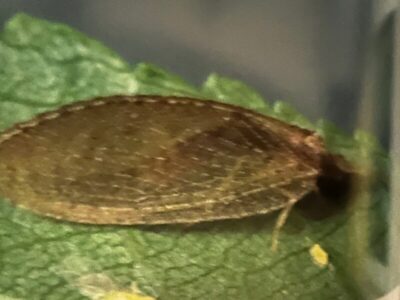
Lacewings are 1/2 inch in length, a delicate green color, and have transparent wings. They feed on plant nectar and pollen. Lacewings consume many garden pests such as aphids, mealybugs, scale, leafhopper nymphs, whiteflies, small caterpillars and spider mites, making them a beneficial garden insect. The larva looks somethng like … Read More
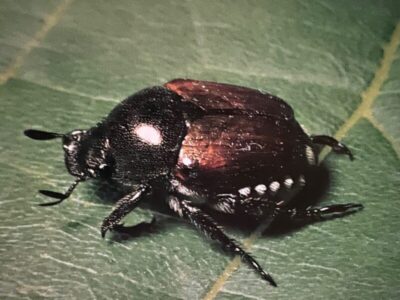
Sporadic sightings have occured in western states. The body is 1/2″ long, has a distinctive metallic green sheen, and wing covers are copper colored. Larvae that live in the soil are white, C-shaped grubs. Adults feed on flowers and foliage during the day. They can fly as far as 5 … Read More

These insects are shiny black. They can fly, but prefer to crawl. Beetles live in burrows in the soil, emerging to hunt and feed at night on other insects, caterpillars, soil maggots and grubs. Some larger species eat snails and slugs. They do not damage plants. No prevention is needed.
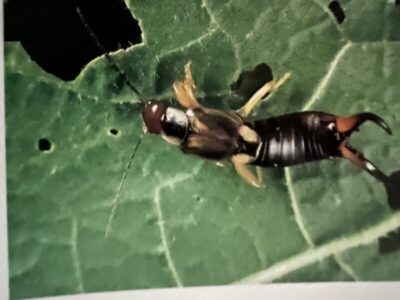
Earwigs are reddish-brown insects that are 3/4″ long. They are easily recognized by the pointy pincers on the tail end of their abdomens. Although they have wings, they rearely fly, preferring to quickly crawl. They are active from spring through fall. Earwigs eat decomposing and decaying wood. They are not … Read More
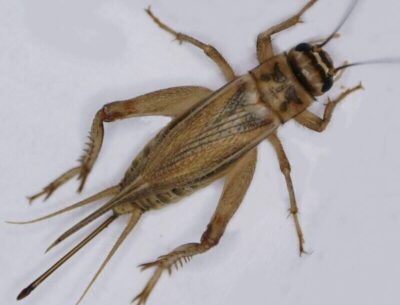
Crickets are nocturnal insects, smaller than grasshoppers, which develop underground for 2-4 years. Male crickets chirp in a high pitch tone. Crickets lay eggs in the soil and in plant stems, causing serious damage to plants. Use a granular treatment of `Kill A Bug` if treating in a garden or … Read More
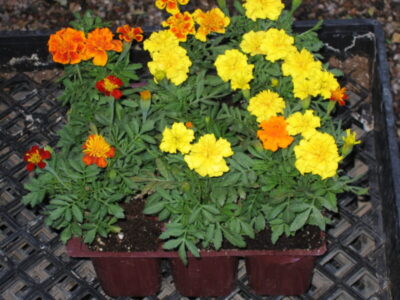
Companion planting is a concept that calls for planting two kinds of plants in a bed to discourage insects from attacking one of the two. The most common example is planting marigolds in the vegetable garden. Certain soil loving nematodes attack the roots of vegetables; marigold roots secrete a substance … Read More
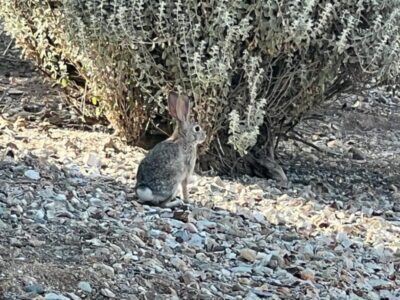
Repellants that contain the urine of that particular animal’s predator, gopher traps placed in their major tunnels or constructed raised beds that are completely lined with wire are all remedies for animals that are damaging your plants. For rabbits, install cages over low growing beds. For birds, to protect fruit … Read More